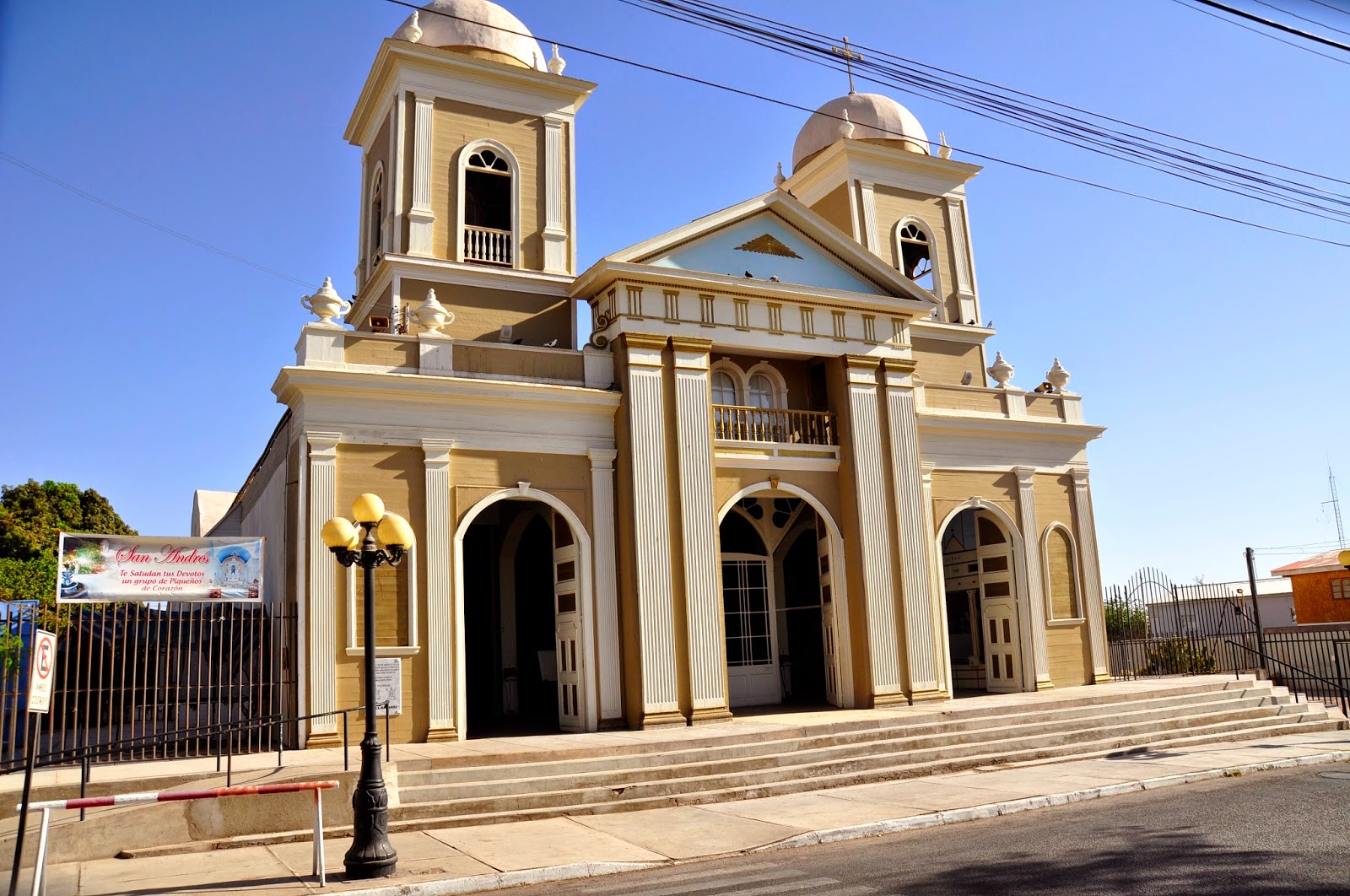This was an interesting tunnel...lots of sand and mud.
Mainly I came to Santiago for new tires for the bike. I stayed two nights and left for Valparaiso.
When I arrived and was checking in a hotel in Valparaiso I was approached by an American woman who saw the bike with an Alabama plate and low and behold it was Michelle Lamphere (South Dakota) and her travelmate Brian Clarke (England). I had been following their ADVenture for over a year. What a pleasure to finally meet them.
Two photos from my hotel.
That evening I met Michelle and Brian for dinner and we were joined by Simone and Michael Poysden, two overlanders from Switzerland. Great meal and time I really enjoyed the evening. That is Michelle and Brian on the right.
My next stop was the Lakes Region of southern Chile. Many volcanoes and thermal spas. It is quite beautiful and the roads were paved...always a plus.
After moving south through the lakes region I arrived in Puerto Montt which is the end of the Pan American Highway in Chile. I stayed one night in Puerto Montt and went south to the island of Chiloé. On the ferry crossing to the island I reunited with a German couple that I had met in Santiago. They are spending six months touring South America by motorbike. Last year they spent six months in North America on their bikes.
Photos on Chiloé.

On Chiloé I had ridden south to Castro, about midway of the island and was stopped at a restaurant for a bite. While in the restaurant a man came in looking for the rider of the moto. His name
is Quentin Silvand. Quentin is from France and has lived in London for 14 years. He is also traveling
solo on a moto. We decided to ride together and see if our styles were compatible. It has been eight months since riding with someone else and heading into the frontier of South America it would be better to have a mate and Quentin was of the same mind. We departed Castro the next morning and returned to Puerto Montt and headed south on an inland route.
Here we are stopped visiting with a French couple touring Chile on bicycles.
Here we are with two Chileno Cyclist. We met these guys three times. They are really cool.
Our first night we did a bit of couch surfing and stayed with these guys in Haluaihué. We had a traditional Chilean BBQ.
A couple of Californians we met on the road to Futeleufú. They began in Ushuaia over a month ago.
This days ride was like riding through a postcard all day.
We have arrived in Futeleufú.
At the moment Quentin and I plan to leave Futeleufú day after tomorrow and enter Argentina and proceed south. We are only about 10 miles from the border. All of our plans are subject to change. More will be revealed...

























































































